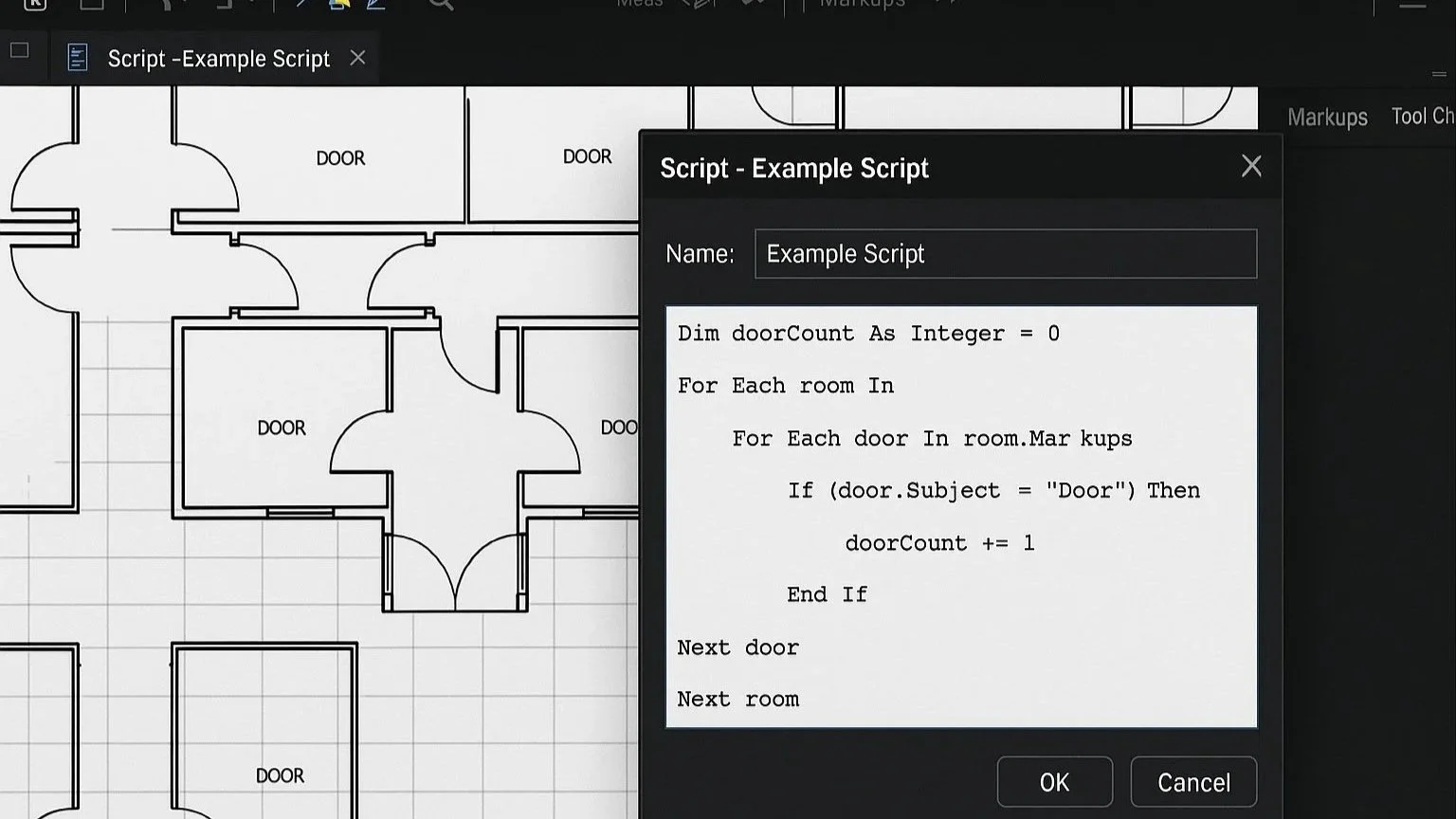Supercharge Your Everyday Tools: Practical AI Augmentation for the Real World
Most people hear “AI” and picture new platforms: OpenAI Atlas, Claude Code, Replit Agents, systems that can build whole applications from a single prompt. All of that stuff is great, it’s what I use to build custom tools for clients when they’ve hit a dead end with their existing software.
But they aren’t the whole show when it comes to using AI to aid the day to day. In the spirit of make-do-and-mend, there are a bunch of ways you can squeeze out additional functionality from those applications you use every day that don’t quite do “this” or take a long time to do “that”. The tools are there, they just need a nudge.
AI, it turns out, is the perfect nudge.
Every bit of software has its secret basement. Bluebeam hides a scripting engine. Excel hides VBA and formulas that could pilot a drone. SharePoint has a labyrinth of Power Automate hooks that can do almost anything if you can stand the interface long enough.
The trouble is, nobody has time to learn all of that. Or to scroll through endless YouTube videos to find that one that knows you meant a vlookup and not a pivot chart. These features were built for the five people in every company who like reading API documentation for fun. Everyone else shrugs and does it manually, or bookmarks that video for next month’s report.
Instead of that though, now you can just describe what you want and let AI handle all the mess. You ask for what you mean, it returns a script, or a flow, or a bit of logic you can drop straight into your tool. You still do the thinking, you just skip the part where you scroll forums for syntax. ChatGPT has basically been my tech support for the past few years.
Bluebeam’s a good example. Anyone who’s spent a night counting door symbols across fifty PDFs knows the particular despair of the process. Ask an AI for a Bluebeam Revu script that searches for those symbols and exports a count to CSV, and you’ll usually get something close enough to test. You might need to rename a variable or two, but the idea is solid. It turns the thing you hate most into a one-click job.
Excel’s the same story. Instead of Googling for half an hour, you ask, “Give me a formula that counts unique room names per drawing reference,” or, “Write a macro that flags duplicate door IDs across multiple sheets.” It explains what it’s doing, you paste it in, it works. Suddenly you’re using Excel like a lightweight database instead of a glorified calculator.
SharePoint’s another classic. Half the world’s project data lives there, mostly in a tangle of lists that never quite match. Ask AI for a Power Automate flow that checks for missing metadata and sends a weekly summary, and you’ll probably end up with something that does exactly that. You haven’t rebuilt your system, you’ve just taught it to behave.
That covers your more generic applications but this can be extended to things that are a bit more niche - as long as the data exists somewhere it’s likely that the latest scrape ChatGPT was trained on has it covered.
If you run a VMS, you can ask for a Python script that pulls motion events from the SDK and drops them into a CSV. If you work with IFCs, you can get a one-off snippet that lists every object missing a fire rating. They’re small things, but they start to add up. You begin to realise how much time you’ve spent compensating for software instead of using it.
This kind of tinkering is often where the bigger ideas start. A Bluebeam door counter becomes the seed of a compliance-checking engine. A Power Automate flow evolves into a reporting platform. A Python script becomes a whole product. That’s how most of the tools I’ve built started, not from a business plan, but from fixing something that annoyed me enough to open a chat.
And that’s what’s changed. The distance between irritation and invention is smaller than it’s ever been. You don’t need to file a ticket or hire a developer to see if something’s possible. You just ask. You get a half-formed answer in seconds. Sometimes that answer is wrong, but even when it is, it’s wrong in a way that teaches you something.
It’s not glamorous. Nobody’s making LinkedIn carousels about “counting doors with AI.” But it’s where the real productivity lives. Not in some future of autonomous systems, but right now, in the grey space between your tools’ menus.
Most of the progress businesses can make using AI right now isn’t in new products; it’s in discovering what existing ones can really do.
So before you go chasing the next big thing, open the software you already use and ask it a better question. Chances are, it can finally answer.

